Reading Time: 3min
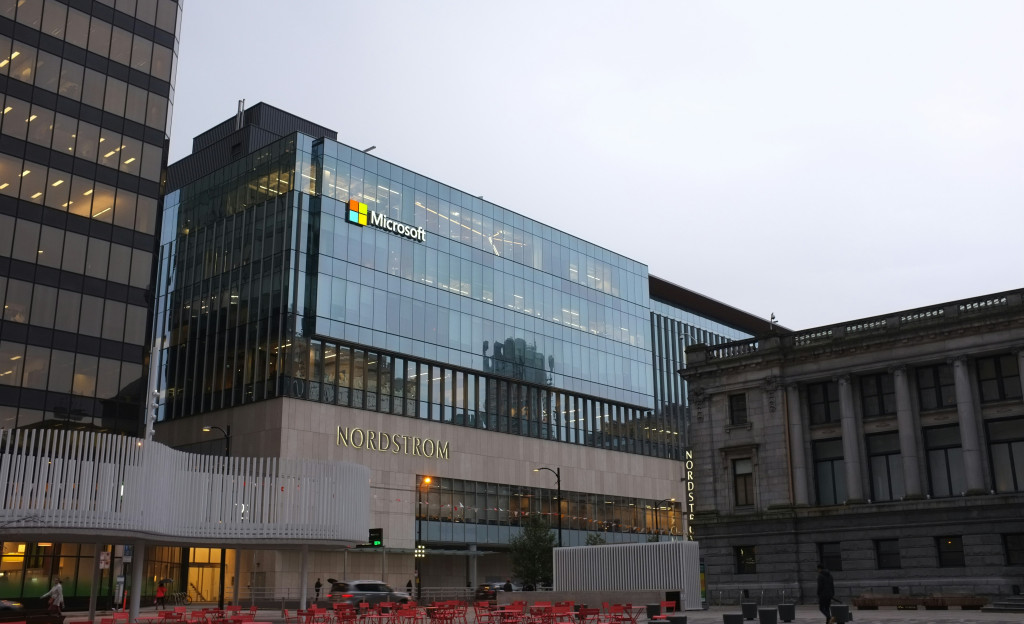
Imagine this: the world’s biggest tech companies – Google, Meta, Microsoft, and Salesforce, are joining forces. But not to launch the next app or device, but to invest in forests. Yes, forests!

Together, these companies have created the Symbiosis Coalition, an initiative focused on restoring forests and natural ecosystems around the world. Why, you wonder? To remove massive amounts of carbon from the atmosphere by harnessing nature: planting trees, supporting local communities, and scaling sustainable land use.
This is not the first coalition of this kind, as Frontier and the LEAF Coalition have also created similar RFP processes and Advanced Market Commitments (AMC).
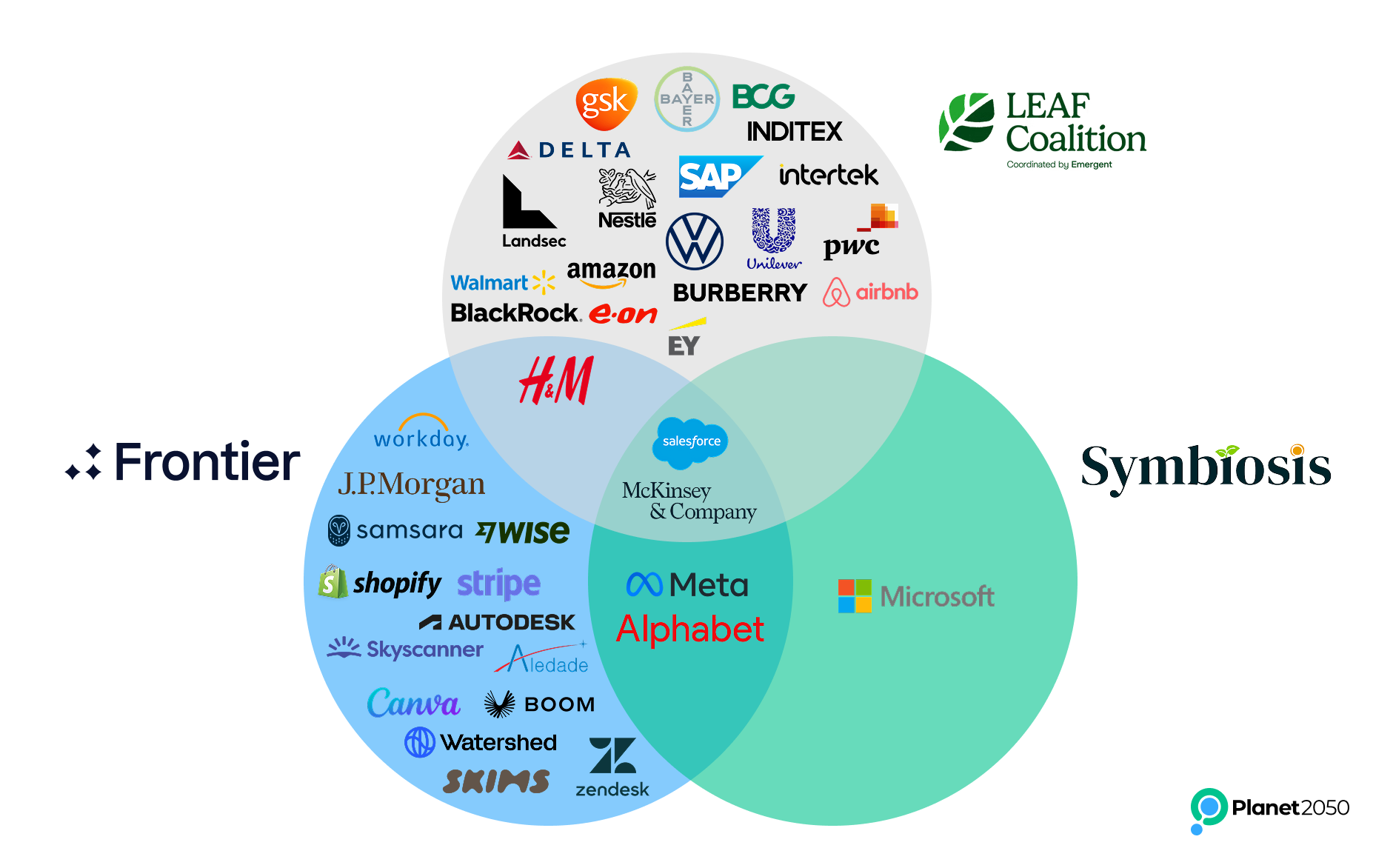
In 2024, the coalition launched an open call (officially called a Request for Proposals, or RFP) asking organizations across the globe: “Do you have a serious reforestation or agroforestry project that can help remove carbon from the air?”
The aim of Symbiosis is to contract up to 20 million tonnes of high-quality, nature-based carbon removal credits by 2030. Assuming a conservative average market value of 20$ for such credits (Ecosystem Marketplace, 2025), we are talking about purchase contracts worth at least $400 million dollars.
The response was huge: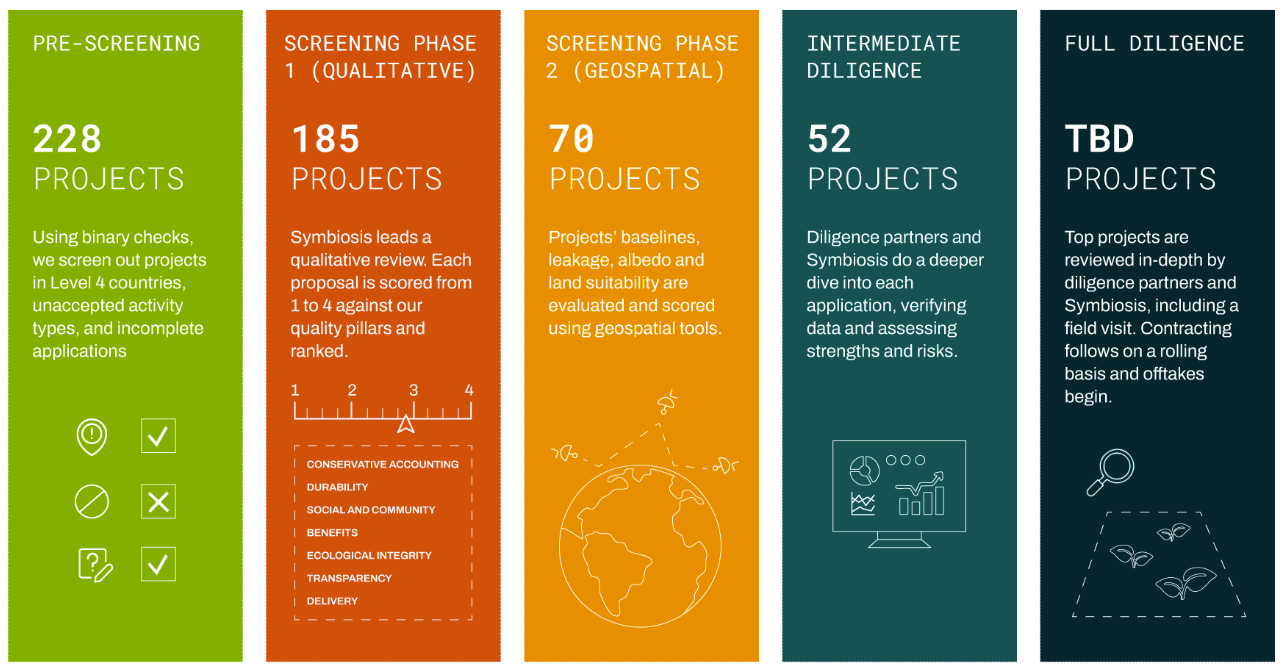
185 proposals from 153 different project developers
Covering 6.6 million hectares of land (about the size of Ireland!)
Together, they could remove over 180 million tonnes of CO₂ in the next 10 years
And if expanded, up to 2.3 billion tonnes by 2055
This isn’t just theoretical, these are real projects in real places, already underway or ready to scale.
These numbers show what’s possible when serious funding meets real solutions. However, the diversity of proposals was not just geographic.
The projects also reflected a wide range of methodologies and stages of development: from early feasibility to already issuing credits: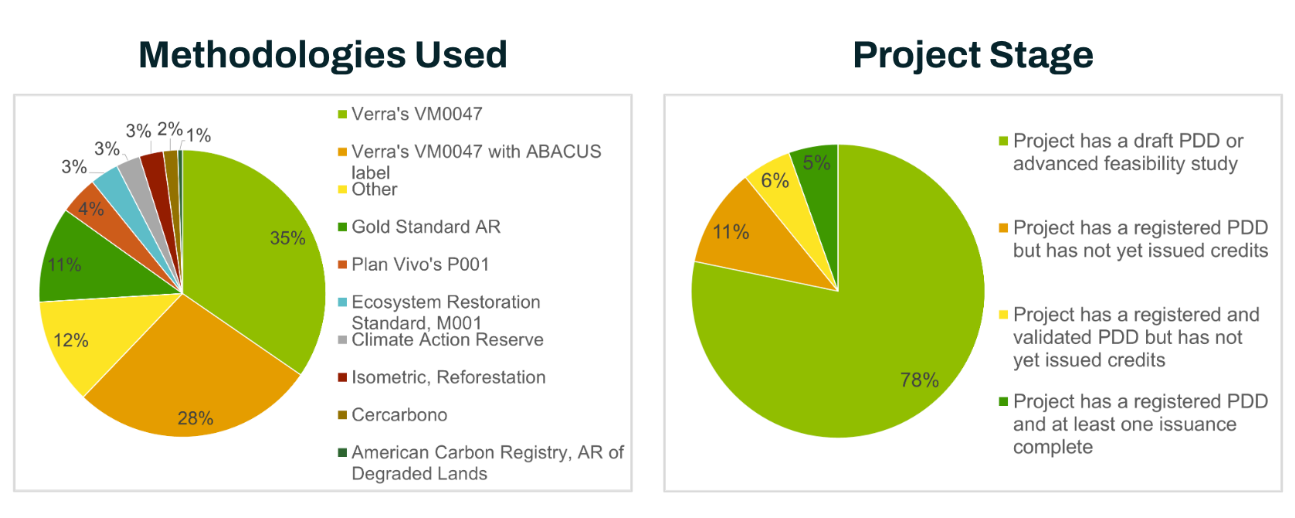
Most projects follow Verra-based methodologies, and the majority are still in early stages.
The data also gives us a glimpse into what kinds of restoration activities are being prioritized — and how much land is at stake: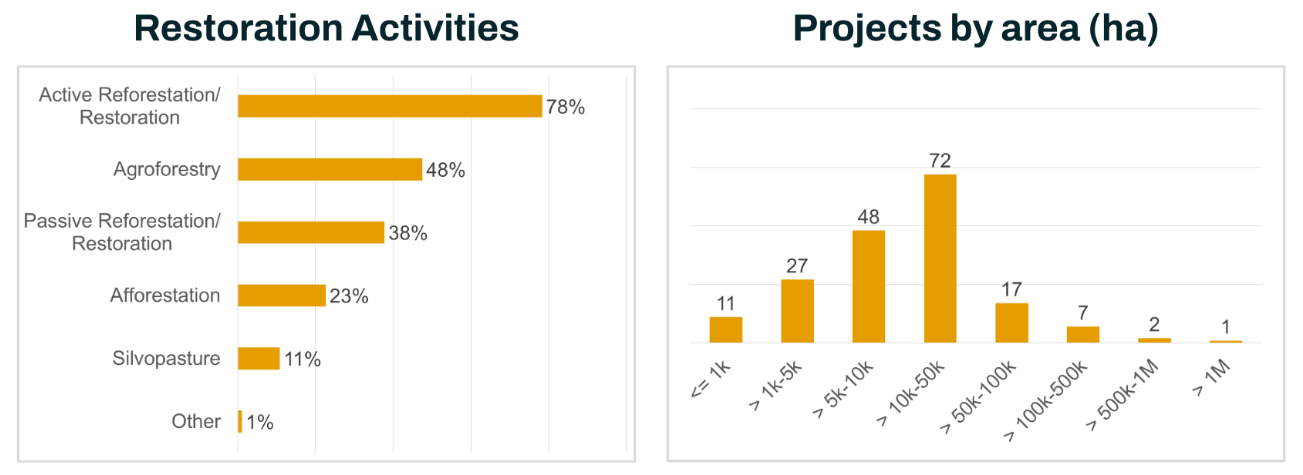 Active reforestation dominates, with most projects between 10,000 and 100,000 hectares.
Active reforestation dominates, with most projects between 10,000 and 100,000 hectares.
But this also highlights what’s missing. Here’s what the Symbiosis team found during the first phase:
1. Good news first: The potential is massive
There’s no shortage of smart, local teams with ambitious plans. The carbon removal potential is there and nature is ready to do its job.
2. But there’s work to do
Many of the projects still struggle with carbon accounting. This means it’s not always clear how carbon reductions are measured or verified. And many need more support to scale up: not just money, but technical advice and long-term partnerships.
3. Offtake is just one piece of the puzzle.
Advance agreements help — but projects also need early capital, technical support, and trust-based partnerships to succeed in the long run.
The first stage of the Symbiosis Coalition’s landmark RFP has now officially wrapped.
After reviewing more than 180 project proposals, the Symbiosis team is now moving into the next phase: site visits, deeper assessments, and long-term planning to bring the most promising ideas to life.
Final selections are expected to be made by late summer 2025, with offtake agreements potentially signed by the end of the year.
And honestly? We’re excited to see that momentum. With our projects all over the world, we are seeing firsthand how much is possible when funding, science, and local knowledge come together.
For consumers, supporters, and retail investors, it’s a reminder that nature-based solutions are no longer abstract. They’re real, they’re underway, and they need serious support to reach full impact.
This feels like a turning point. The scale, the energy, the urgency, it’s here. And it’s exactly what the carbon market needs.